Custom Packaging That Makes Food Brands Stand Out
-
By: Caroline Ray
-
January 20, 2025
Can custom packaging be the secret ingredient food brands need to stand out on the shelves? As consumers are increasingly drawn to products with innovative packaging, staying ahead with creative design can be pivotal. Packaging that combines unique shapes, sustainable materials, and interactive elements not only captures attention but also conveys brand identity, setting a food brand apart from the competition. Explore the latest packaging design trends to make your brand memorable and connect with customers more meaningfully, ensuring that your products not only stand apart visually but resonate with your audience.
Innovative Packaging Concepts That Make Food Brands Stand Out
Innovative packaging plays a pivotal role in the food industry as it captures consumer attention and distinguishes brands in a crowded market. Creativity in design, whether through unique shapes or interactive elements, is essential for conveying a brand’s identity and values. Trends such as sustainability have become integral, reflecting consumer demand for environmentally responsible choices. Innovative packaging is not just about aesthetics; it provides an opportunity for brands to tell their stories, enhancing consumer engagement and loyalty.
- Sustainable Materials: Using biodegradable or recyclable packaging.
- Interactive Designs: Packaging that engages consumers through augmented reality or QR codes.
- Unique Shapes: Distinctive shapes that enhance shelf presence.
- Minimalist Aesthetics: Clean, simple designs that focus on essentials.
- Custom Textures: Incorporating textures to create a tactile experience.
These trends can be effectively applied to food brands to elevate their market presence. By leveraging sustainable materials, brands align themselves with eco-conscious consumers, enhancing their image as responsible entities. Interactive designs foster deeper consumer engagement by providing additional layers of information or entertainment. Unique shapes and minimalist aesthetics ensure that products stand out on the shelves, capturing consumer interest quickly. Custom textures can add a sensory dimension to packaging, making the unboxing experience memorable. Together, these elements not only differentiate brands from competitors but also build a strong, lasting connection with consumers.
The Role of Custom Packaging in Brand Differentiation

Visual branding is crucial in influencing consumer decisions, as it serves as the first point of interaction between the brand and the consumer. Nearly 75% of American consumers consider packaging when making purchases, highlighting the significant impact visual elements have on decision-making. Custom packaging acts as an extension of this visual branding, helping to convey the brand’s identity and values effectively.
Elements such as color and shape are instrumental in establishing brand differentiation. Color has the power to evoke emotions and associations; for example, green is often linked to sustainability, while red can evoke excitement. Shapes, too, contribute to brand identity by distinguishing a product on the shelf. A uniquely shaped package can make a product memorable and instantly recognizable. Material choice further enhances this differentiation by aligning with brand values—luxurious materials might convey premium quality, while recycled materials underscore a commitment to sustainability. Together, these elements create a cohesive brand identity that stands out amidst competitors.
Custom packaging significantly impacts consumer perception and brand loyalty. It not only attracts attention but also communicates a brand’s message and promise. When executed well, custom packaging can elevate a brand’s perceived value, fostering a sense of trust and loyalty among consumers. As a result, packaging becomes a strategic tool, not just for product protection, but for building long-lasting brand relationships.
Eco-Friendly Packaging Solutions for Food Brands
Sustainability in packaging has become a pivotal concern for food brands as consumer awareness around environmental issues continues to rise. Companies are increasingly adopting eco-friendly packaging solutions to meet the growing demand for sustainability. This shift is not only driven by consumer preferences but also aligns with global efforts to reduce waste and environmental impact. Food brands embracing sustainable packaging demonstrate responsibility, potentially enhancing their market appeal and consumer loyalty.
Biodegradable and recyclable materials are at the forefront of sustainable packaging options. Materials like polylactic acid (PLA), derived from renewable resources such as corn starch, offer biodegradability while maintaining packaging integrity. Recycled paper and cardboard are popular choices for brands seeking to reduce their carbon footprint. Glass and aluminum are also viable, as they are infinitely recyclable and can be reused without degradation of quality. These materials not only help decrease waste but also offer functionality and durability comparable to traditional packaging.
Incorporating eco-friendly packaging solutions can significantly enhance a brand’s image by aligning with the values of environmentally conscious consumers. Such packaging choices reflect a commitment to sustainability, which can differentiate a brand in the competitive food industry. Consumers are more likely to trust and engage with brands that prioritize the environment, fostering positive brand perception and loyalty. By integrating sustainable practices, food brands can build a strong reputation and establish themselves as leaders in environmental stewardship.
| Material Type | Benefits |
|---|---|
| PLA (Polylactic Acid) | Biodegradable, derived from renewable resources |
| Recycled Paper | Reduces carbon footprint, easily recyclable |
| Glass | Infinitely recyclable, maintains quality |
| Aluminum | Durable, highly recyclable |
Case Studies: Successful Food Brand Packaging

Case studies are essential for understanding the impact of innovative packaging on sales and consumer engagement. They provide concrete examples of how thoughtful design can elevate a brand’s presence in the market. By analyzing successful packaging strategies, food brands can gain insights into what works and why, driving both creativity and effectiveness in their own packaging endeavors. Award-winning designs not only inspire but also highlight the potential of packaging to significantly influence consumer choices and brand loyalty.
One notable example is Coca-Cola’s “Share a Coke” campaign, which replaced its iconic logo with popular names on its bottles. This personalization strategy created a surge in consumer engagement, as people sought bottles with their names or those of loved ones. The campaign led to a remarkable increase in sales, showcasing how custom packaging can transform consumer interaction with a brand. Another example is McDonald’s limited-edition packaging for the FIFA World Cup, featuring augmented reality games accessible via QR codes. This interactive element encouraged consumer participation and enhanced brand experience, resulting in increased customer traffic and engagement during the event.
These case studies illustrate key takeaways for food brands. Personalization and interactivity are powerful tools that can drive consumer interest and loyalty. Packaging that resonates emotionally or offers a unique experience tends to perform better in terms of sales and brand loyalty. Furthermore, integrating technology, such as augmented reality, can enhance consumer engagement, turning packaging into a dynamic and interactive brand touchpoint. By adopting these strategies, brands can not only stand out in competitive markets but also forge stronger connections with their consumers.
| Brand | Packaging Innovation | Impact |
|---|---|---|
| Coca-Cola | “Share a Coke” personalized names | Increased consumer engagement and sales |
| McDonald’s | AR games on World Cup packaging | Boosted customer traffic and engagement |
| Oatly | Minimalist design with bold messages | Enhanced brand identity and recognition |
Designing Custom Packaging for Small Food Businesses
Custom packaging provides small food businesses with a powerful tool for brand differentiation and market presence. One of the main advantages is the ability to create personalized packaging that reflects the brand’s unique identity and values, which can attract and retain customers. Customization also allows for experimentation with design elements such as colors, shapes, and materials, which can set a product apart from competitors. Moreover, small businesses benefit from the flexibility of small quantity orders, which enable them to test different packaging designs without making a large financial commitment. This approach not only reduces risk but also supports cost efficiency by allowing businesses to adjust their packaging strategies based on consumer feedback and market trends.
- Use digital printing for short runs to save on costs.
- Opt for simple yet distinctive designs to minimize production expenses.
- Choose materials that balance quality with affordability, such as recyclable cardboard.
- Collaborate with packaging suppliers for bulk discounts and economies of scale.
- Utilize multipurpose packaging that can serve various products, reducing the need for multiple designs.
Aligning packaging with brand identity is crucial for creating a cohesive and recognizable brand image. Packaging serves as a visual ambassador for the brand, communicating its values and personality to consumers. For small food businesses, ensuring that packaging design aligns with their overall branding strategy can reinforce brand messages and foster loyalty. Consistency in design elements like logos, color schemes, and messaging helps build a strong brand identity, making it easier for consumers to remember and choose the brand in a competitive marketplace. By prioritizing alignment with brand identity, small businesses can leverage custom packaging to enhance their brand’s visibility and desirability.
The Future of Custom Packaging in the Food Industry

Upcoming technologies are set to transform custom packaging within the food industry, with digital printing and smart packaging at the forefront. Digital printing for packaging allows for high-quality, cost-effective short runs, enabling brands to personalize packaging designs rapidly and efficiently. This technology supports quick adaptation to market trends and consumer preferences without the need for expensive plate changes. Smart packaging technologies, including NFC chips and QR codes, offer interactive experiences, such as providing product information or promotions via consumers’ smartphones. These innovations enhance not only the visual appeal but also the functional aspect of packaging, making it more than just a protective layer.
The impact of these future technologies on consumer engagement and brand experience is profound. Digital printing enables brands to offer personalized messages or limited-edition designs, fostering a deeper connection with consumers. Smart packaging can transform brand interaction by engaging consumers beyond the physical product, creating memorable experiences that encourage loyalty and repeat purchases. By integrating these technologies, food brands can create dynamic packaging that not only stands out on the shelf but also provides added value to the consumer, ultimately strengthening brand loyalty and market presence.
Final Words
Showcasing innovative packaging concepts can significantly enhance a food brand’s appeal, utilizing creativity
and trends to captivate consumers. Custom packaging plays a vital role in brand differentiation, shaping consumer perceptions through unique design elements. Eco-friendly solutions not only meet sustainability demands but also strengthen a brand’s image. Case studies illustrate the impact of thoughtful packaging on sales and engagement, offering invaluable insights.
Small food businesses can leverage cost-effective strategies for personalized packages, boosting market presence. As the industry evolves, future technologies promise to redefine brand interaction. Embracing custom packaging that makes food brands pop remains indispensable for sustained success.
Aigo print shop also offer custom packaging for food industry.
FAQ
Q: Where can I find custom packaging that makes food brands stand out?
A: Custom packaging that makes food brands stand out can be sourced from specialized packaging providers. Look for companies offering customizable options, sustainable materials, and cutting-edge design technologies to ensure your packaging captures consumer attention.
Q: What options exist for custom food packaging for small businesses?
A: Small businesses can access custom food packaging through vendors that offer low minimum order quantities. Options include custom printed boxes and bags, which allow for personalized branding without significant financial investment.
Q: How can custom food boxes with logos help my brand?
A: Custom food boxes with logos prominently display your brand, enhancing recognition and conveying professionalism. This form of branding helps differentiate your product in a crowded market, attracting consumers and building loyalty.
Q: How does custom printed food packaging support brand growth?
A: Custom printed food packaging reinforces brand identity and can significantly improve shelf appeal. It allows for unique designs that tell your brand story, fostering consumer engagement and encouraging repeat purchases.
Q: Are there customized food packaging boxes available for restaurants?
A: Customized food packaging boxes are available for restaurants, offering options such as custom sizes, shapes, and materials. These boxes can include restaurant branding elements, creating a cohesive brand experience for takeout or delivery.
Q: Where can I find custom food packaging solutions nearby?
A: Local packaging suppliers or online vendors often offer custom food packaging solutions. Search for businesses that specialize in eco-friendly, innovative packaging designs to support your brand’s image and operational needs.

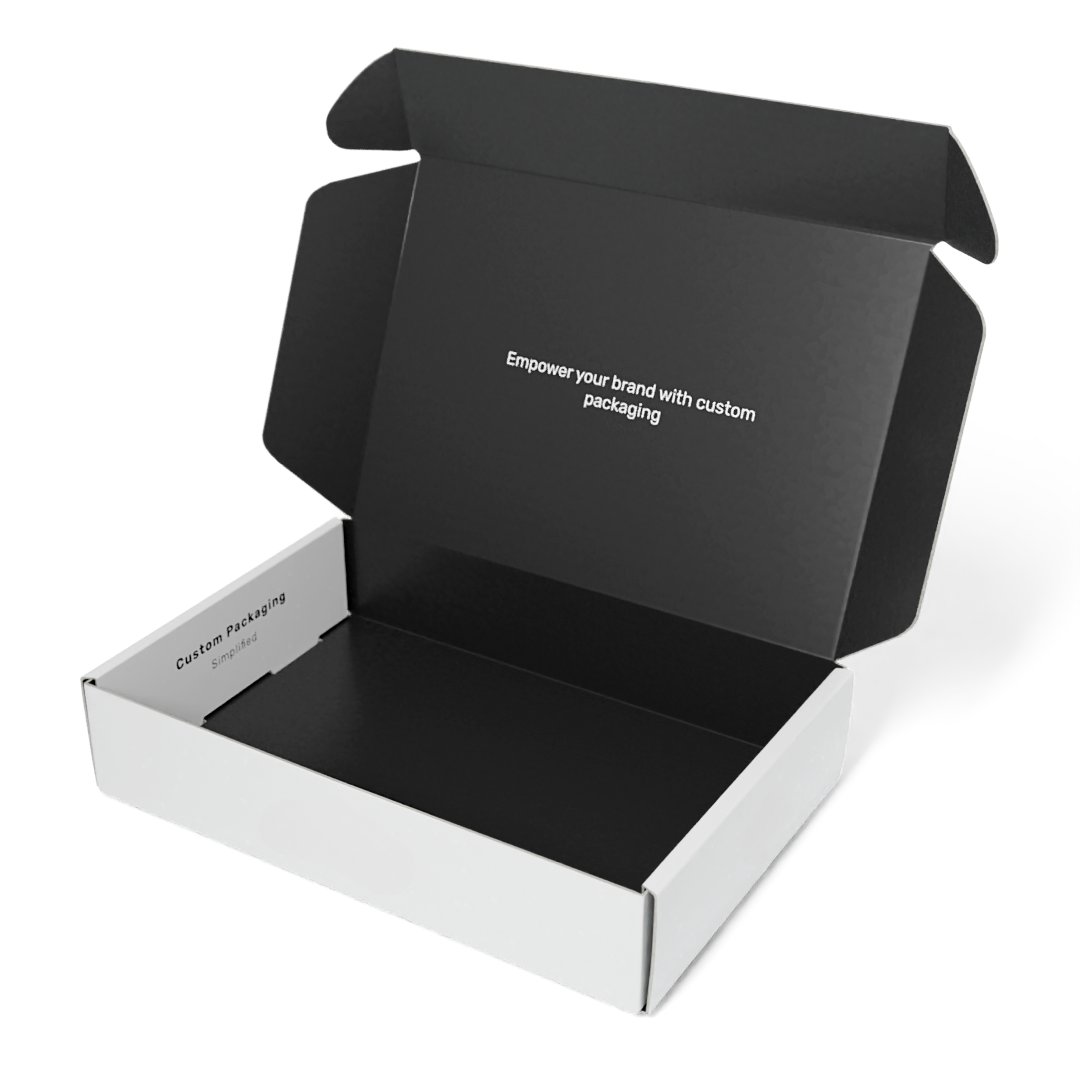
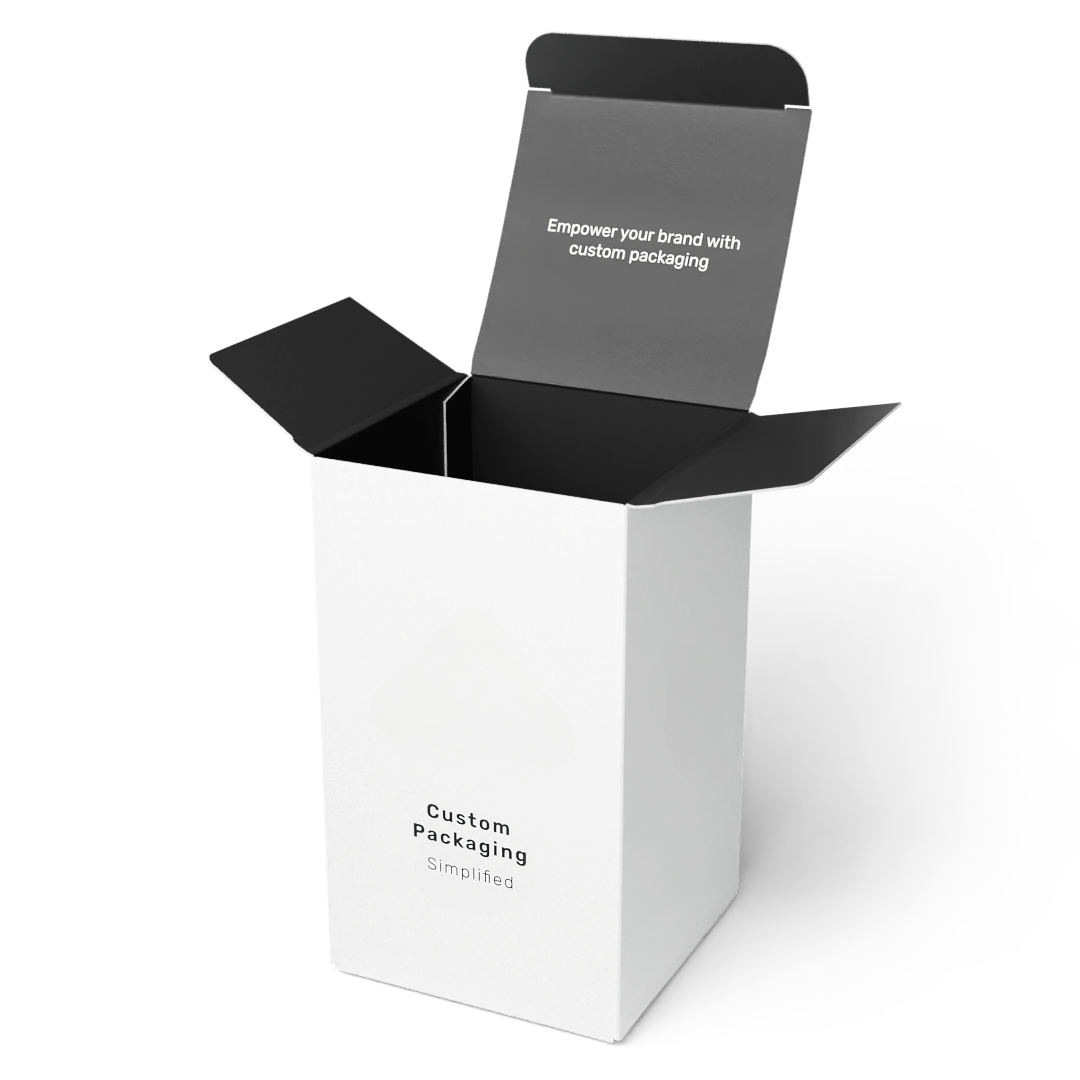
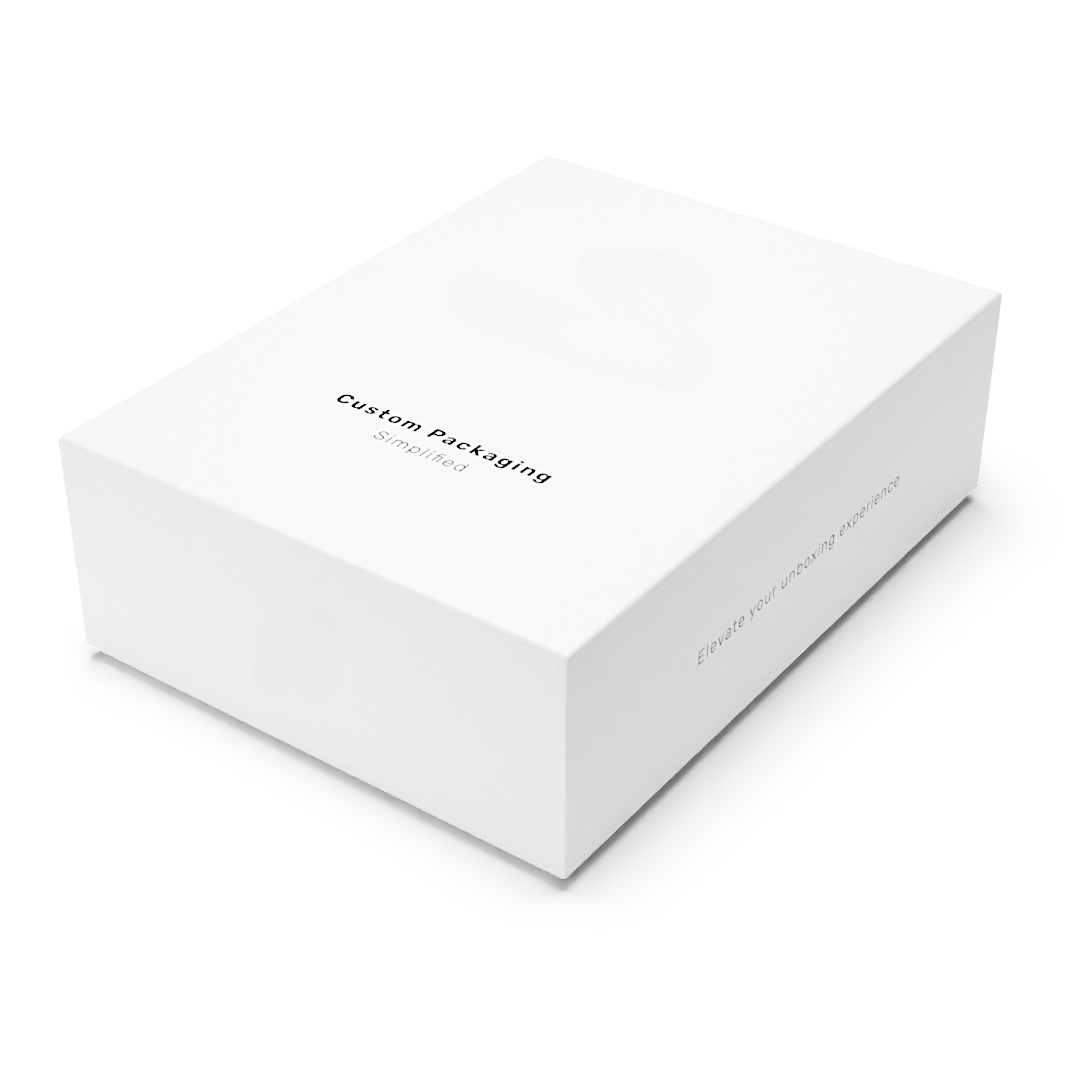
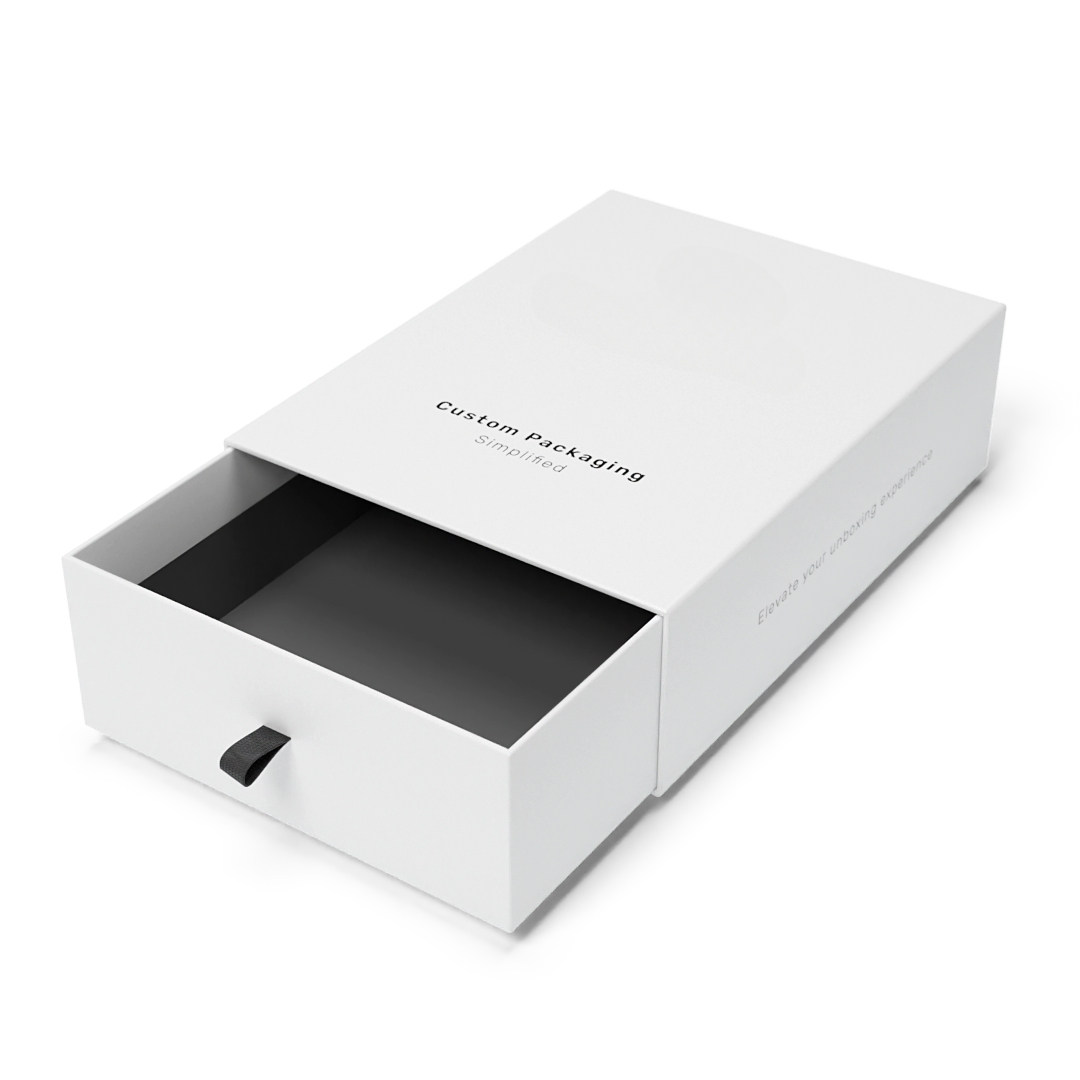
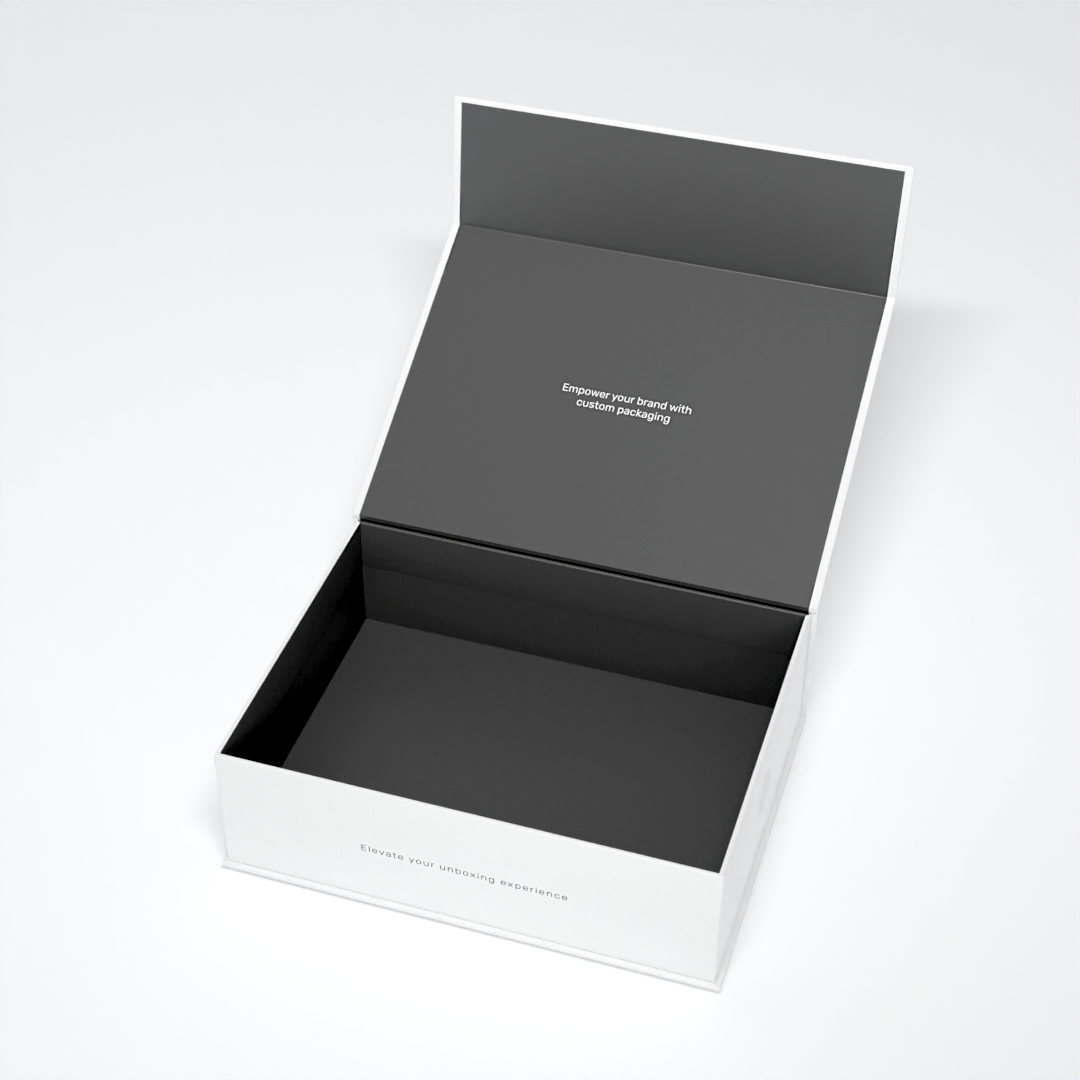
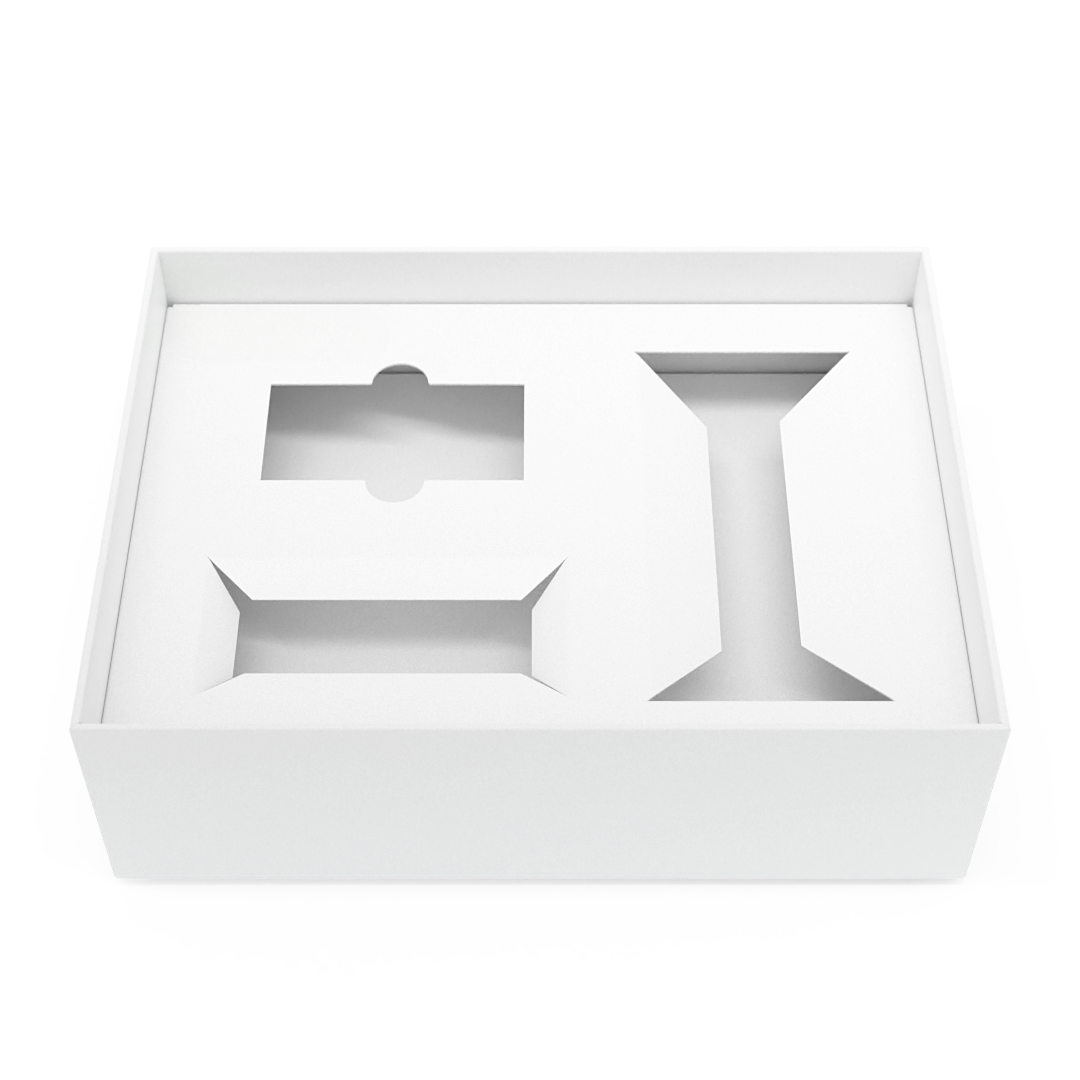
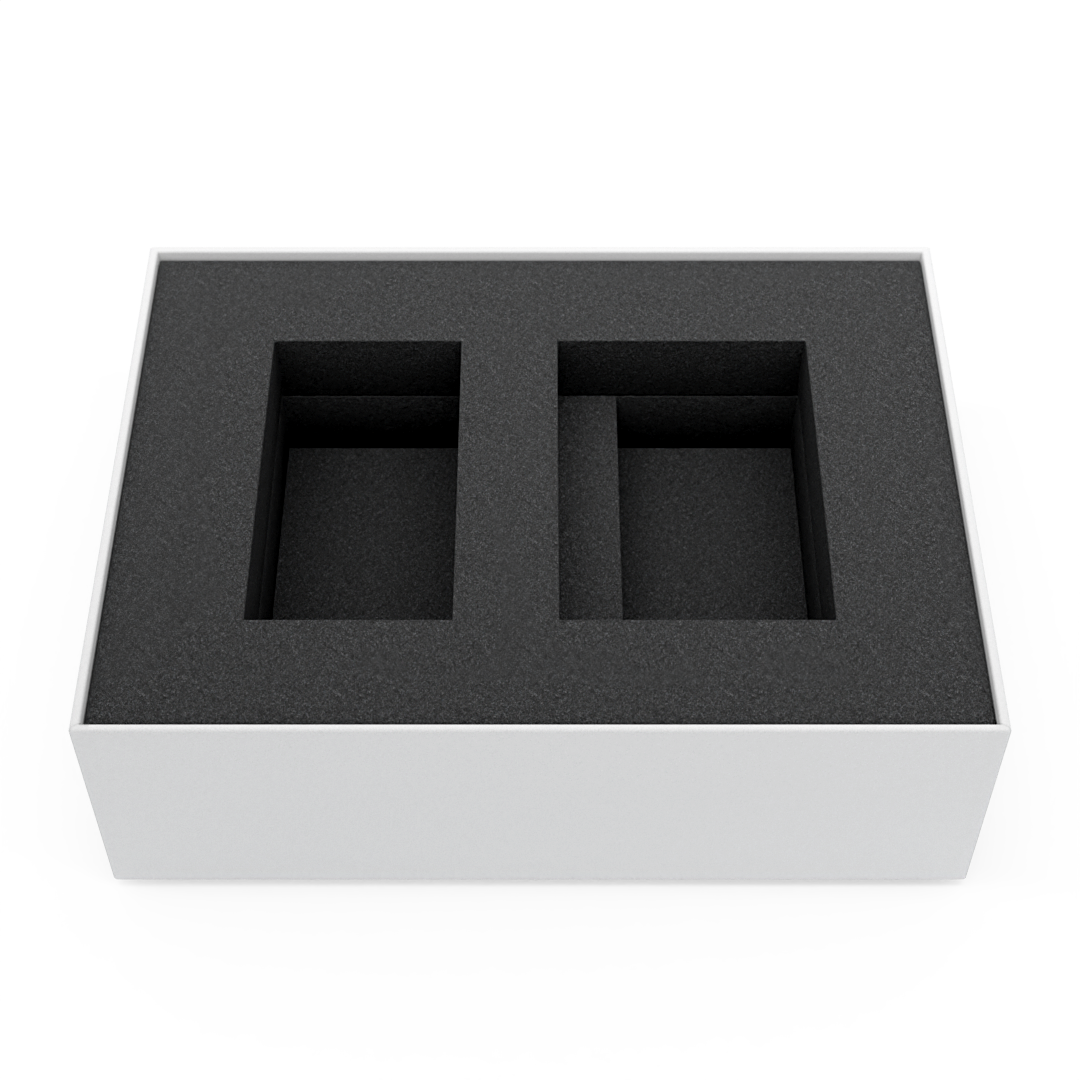
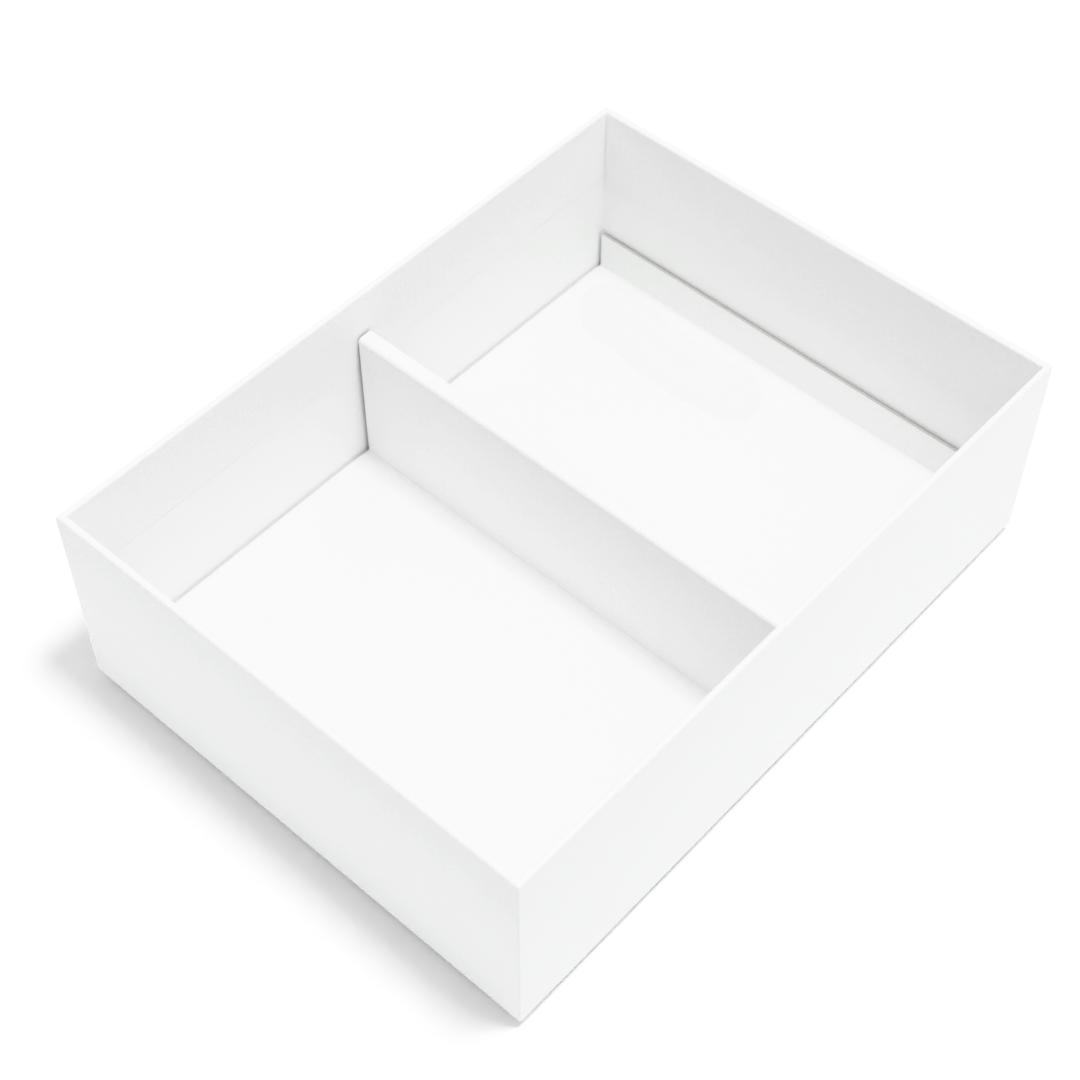
Leave a comment